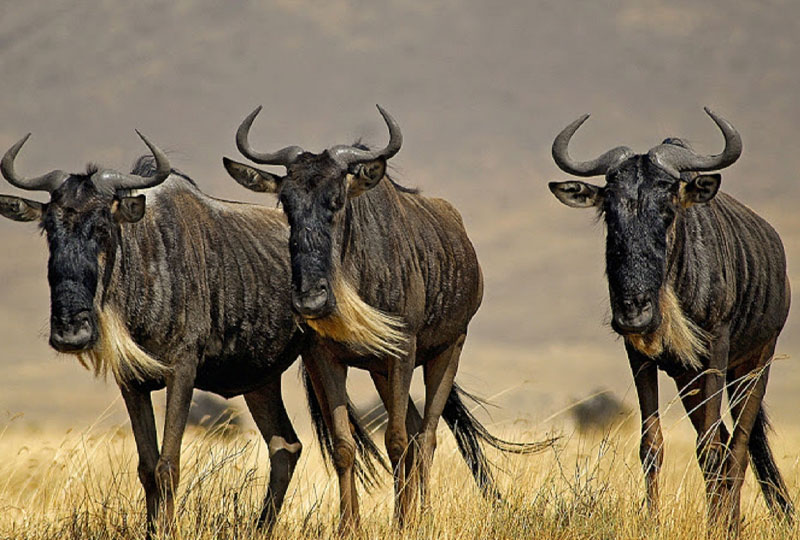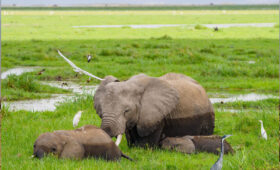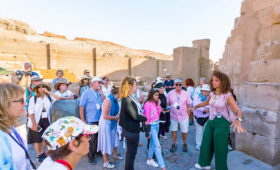Wildlife Migration in Loita Hills – Kenya’s Untouched Migration Marvel
While the Great Migration in the Maasai Mara is world-famous, another spectacular yet less known wildlife migration unfolds in the Loita Hills of Kenya. This hidden gem offers a unique safari experience where vast herds of wildebeest, zebras, and other grazers traverse scenic highland landscapes, creating a mesmerizing natural spectacle away from the crowds.
Why Loita Hills is Special for Wildlife Migration
The Loita Hills, located southwest of the Maasai Mara, form part of the larger Mau Forest complex and serve as a critical wet-season dispersal area for migratory wildlife. This region’s rugged terrain, undisturbed forests, and rolling grasslands provide refuge and seasonal grazing for thousands of animals during their annual movements.
Unlike the widely photographed Mara migration, the Loita Hills migration remains largely untouched by mass tourism, making it ideal for travelers seeking authentic and off-the-beaten-path safari adventures.
The Migration Cycle in Loita Hills
The migration in Loita Hills is driven by seasonal rains and the search for fresh pasture. During the rainy seasons, large herds move from the Maasai Mara and Serengeti ecosystems into the highlands of Loita for feeding and calving. As dry seasons approach, the animals return to the lower plains.
Key species involved in this migration include:
- Wildebeest
- Plains zebras
- Thomson’s gazelles
- Topi
- Hartebeest
Wildlife and Birdlife Beyond the Migration
Apart from the migrating herds, Loita Hills boasts a rich diversity of resident wildlife such as elephants, buffalo, lions, leopards, and a wide variety of birds, including rare species found only in this ecosystem. This blend of migratory and resident species creates dynamic safari experiences year-round.
Activities to Enjoy in Loita Hills
- Guided Game Drives – Track the migrating herds and predators that follow them.
- Walking Safaris – Explore the hills and forests on foot with knowledgeable guides to discover hidden flora and fauna.
- Cultural Visits – Meet the Loita Maasai community, learn about their traditions, and support community-led conservation initiatives.
- Birdwatching – Spot endemic and migratory birds in this rich ecological zone.
Best Time to Witness Wildlife Migration in Loita Hills
The best months to witness the migration in Loita Hills are typically during the long rains from March to May and the short rains from October to December, when animals move into the hills for fresh grazing and calving. Visiting during these periods maximizes your chances of seeing large herds and newborn calves.
Book Your Loita Hills Safari with Mandari Travel
At Mandari Travel, we specialize in crafting authentic safari experiences to hidden destinations like Loita Hills. Our expert guides and planners will tailor your itinerary to combine wildlife migration viewing with cultural encounters and scenic exploration for an unforgettable trip.
📧 Email: info@mandaritravel.com.com
📱 Call/WhatsApp: +255 750 900 811
Fill in the form below to request a quote and start planning your Wildlife Migration Safari in Loita Hills today.




